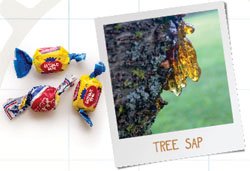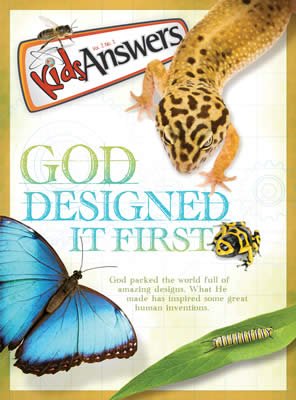God-Inspired Design in Your Home
The more scientists study the world, the more they find ways to apply God’s designs to make things easier in your home. Which common objects in your house were influenced by designs in nature?
Velcro

This scruffy material has hooks and loops that stick together to keep your shoes on. The idea first stuck to the inventor, George de Mestral, when he saw seed burrs clinging to his clothes after he returned from a hunting trip.
Chewing Gum

Did you know that the Aztec Indians chewed gum in Mexico hundreds of years before Columbus discovered America? The original gum came from tree sap. But today you’re chewing a manmade material—basically it’s flavored rubber.
Digital Displays

Words and letters on MP3 players and laptops are hard to read in bright sunlight. But butterfly wings and peacock feathers shine colorfully even in direct sunlight. Thanks to studies of these wings and feathers, your next computer screen may be bright no matter where you take it.
Toy Planes

Airplanes glide through the air with ease, but for most of mankind’s 6,000-year history, flying was just a dream. Our ancestors could only look at birds with envy until the Wright brothers finally solved the mysteries of flight.
Suction Cups

You probably don’t have an octopus hanging from your ceiling, but other objects stuck around your home were inspired by this creature. Suction cups can stick to windows, refrigerators, and toy targets with wonderful ease.
Glass

Just how much glass is in your house? Check your windows, mirrors, cups, light bulbs, and even your rewritable CDs. Glassmakers have been reproducing this amazing material for centuries, but the first inventor was likely inspired to take a crack at it by colorful obsidian (dark glass made by volcanoes).
God Designed It First
This issue of Kids Answers features God’s amazing designs and how they have inspired human inventions.
Browse Kids IssueRecommended Resources
- © 2025 Answers in Genesis
- Privacy Policy
- Contact
- About


